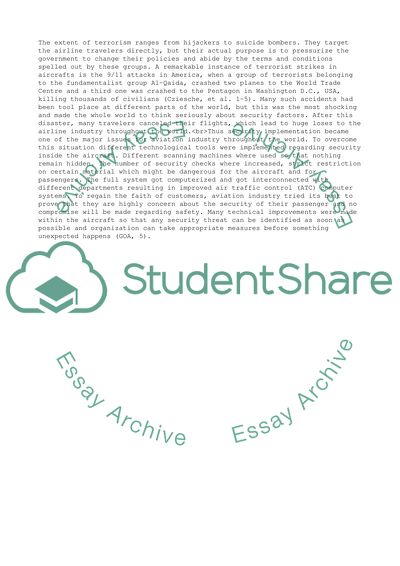Cite this document
(Problems Faced by Airline Industry Research Paper, n.d.)
Problems Faced by Airline Industry Research Paper. Retrieved from https://studentshare.org/management/1725493-operations-management
Problems Faced by Airline Industry Research Paper. Retrieved from https://studentshare.org/management/1725493-operations-management
(Problems Faced by Airline Industry Research Paper)
Problems Faced by Airline Industry Research Paper. https://studentshare.org/management/1725493-operations-management.
Problems Faced by Airline Industry Research Paper. https://studentshare.org/management/1725493-operations-management.
“Problems Faced by Airline Industry Research Paper”, n.d. https://studentshare.org/management/1725493-operations-management.


